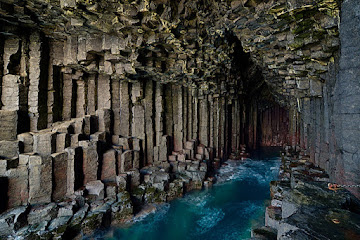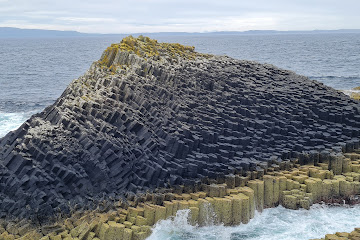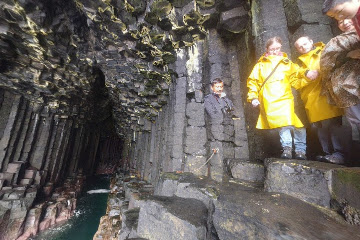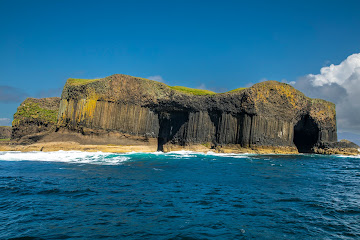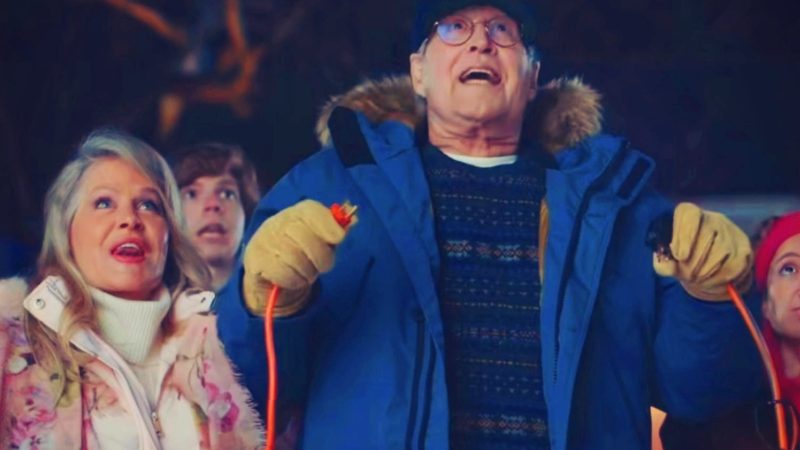Fingal’s Cave, Isle of Staffa, Scotland
Fingal’s Cave is formed entirely from hexagonally jointed basalt columns within a Paleocene lava flow, similar in structure to the Giant’s Causeway in Northern Ireland and those of nearby Ulva. The cave is known for it’s natural acoustics and is part of a Natural Nature Reserve. Composer Felex Mendelssohn
visited the cave in 1829 and got inspired to
write the overture the “Hebrides”. Also, other
famous visitors got inspired by the cave like
Jules Verne, and many more.
Lodged on the uninhabited Isle of Staffa, Scotland – Fingal’s cave is 200 km West of Edinburgh. The cave is not the most accessible but a treat awaits for those willing to endure the journey. A train to Oban from Edinburgh, followed by a ferry to Craignure Mull, another train to Fionnphort, Post Office and finally a ferry ride, will get you to Fingal’s cave.
Fingal’s cave makes our shortlist of unique caves for it’s inherent geometric structure and natural acoustics! It is formed from hexagonal Paleocene basalt columns preceded by the cooling of solidified lava. The cave which is 69 m deep, and 20 m high, can be compared to a cathedral in terms of its arched structure and acoustic features.
The cave has hosted visitors like Sir Walter Scott, John Keats, William Turner, Queen Victoria and Prince Albert, Prince William of Orange, William Wordsworth, Jules Verne and Robert Louis Stevenson.
A word of caution would be to watch your step during high tide season. Even though Fingal’s cave can be explored solo, a guided tour is nicer to learn about the history of the cave.
Hits: 0
